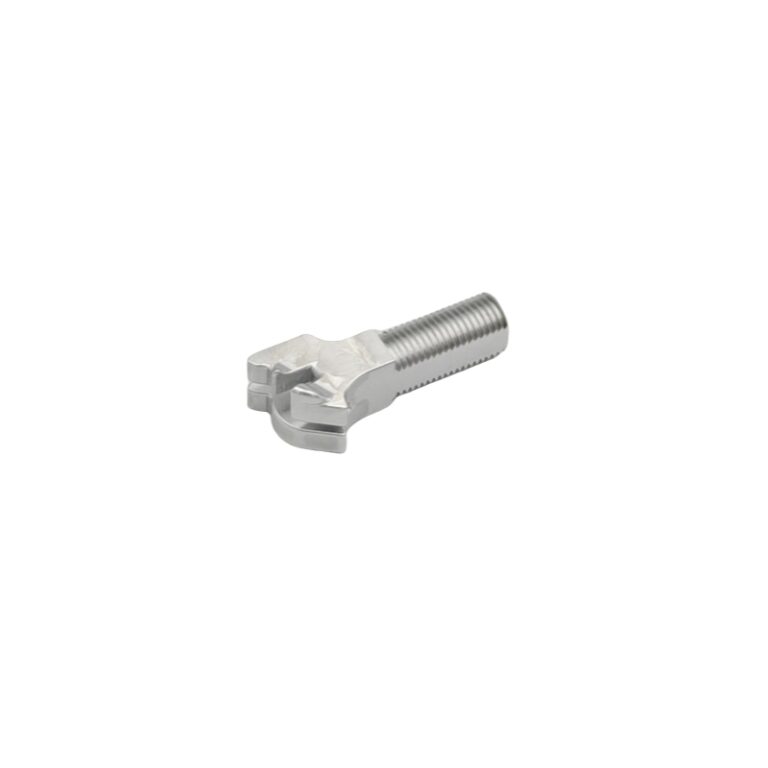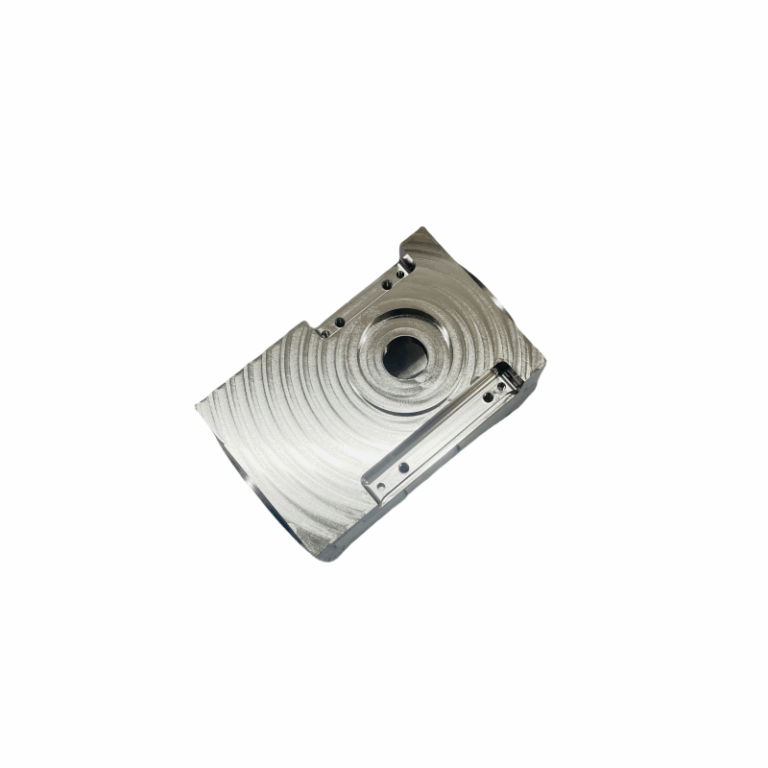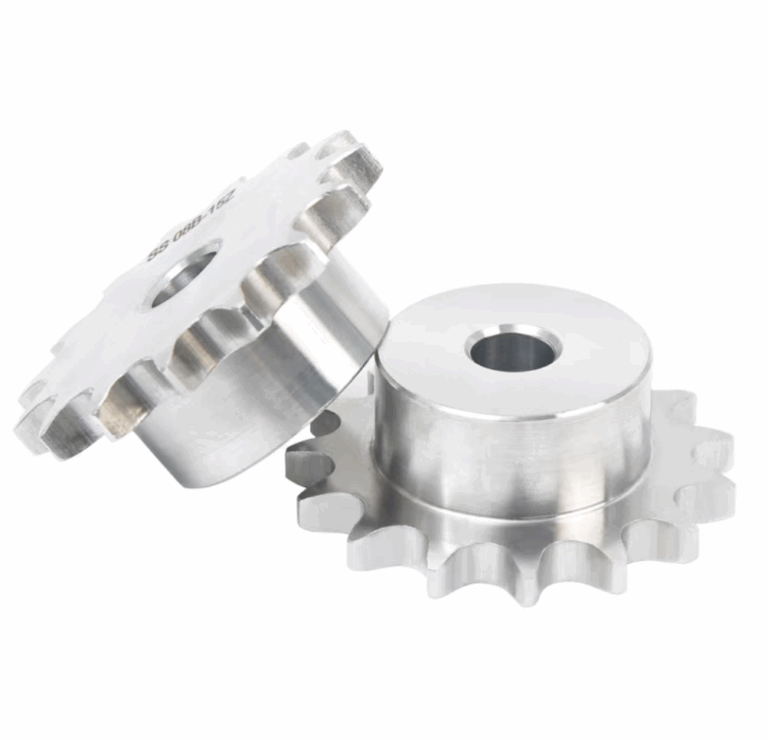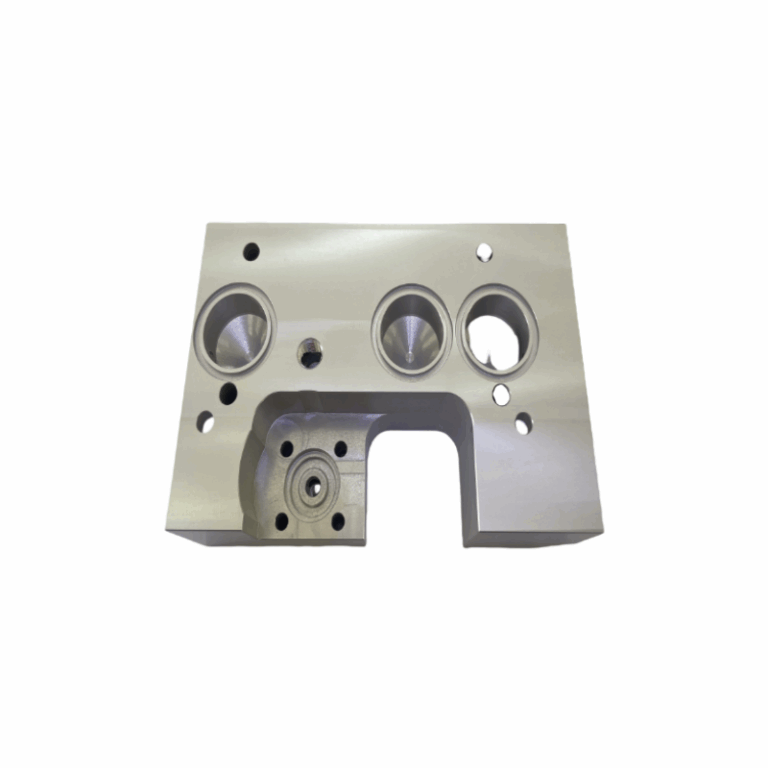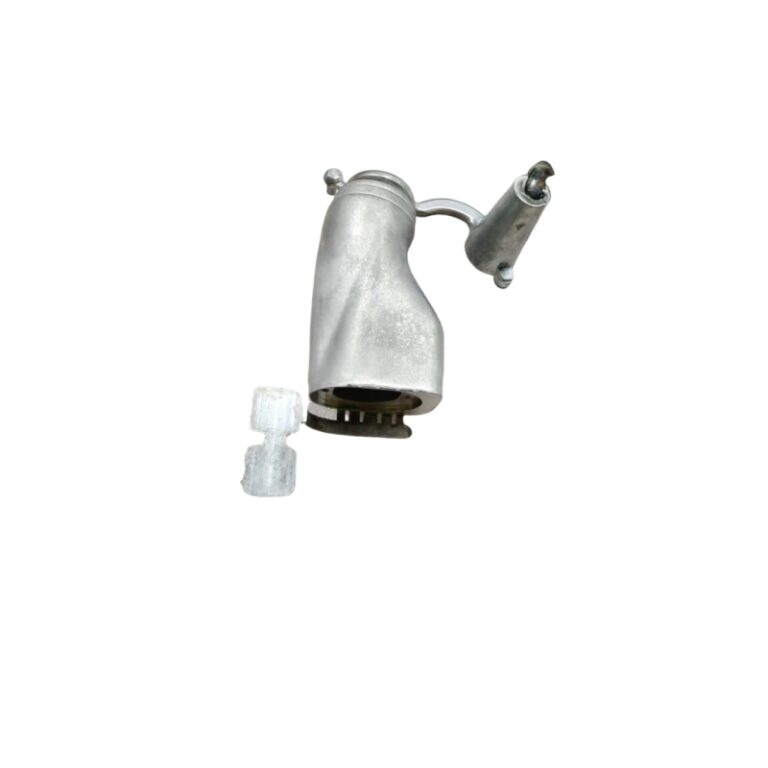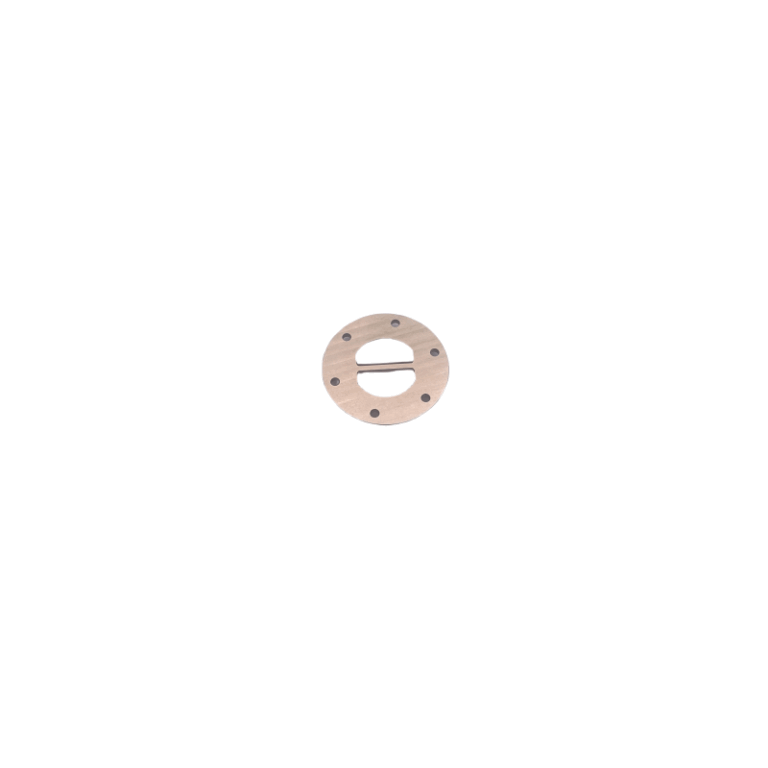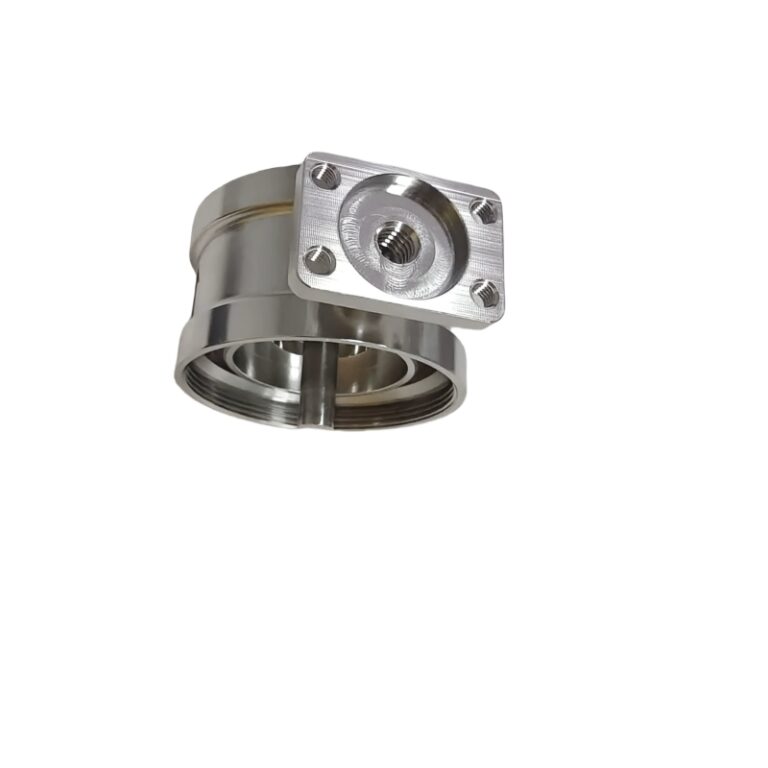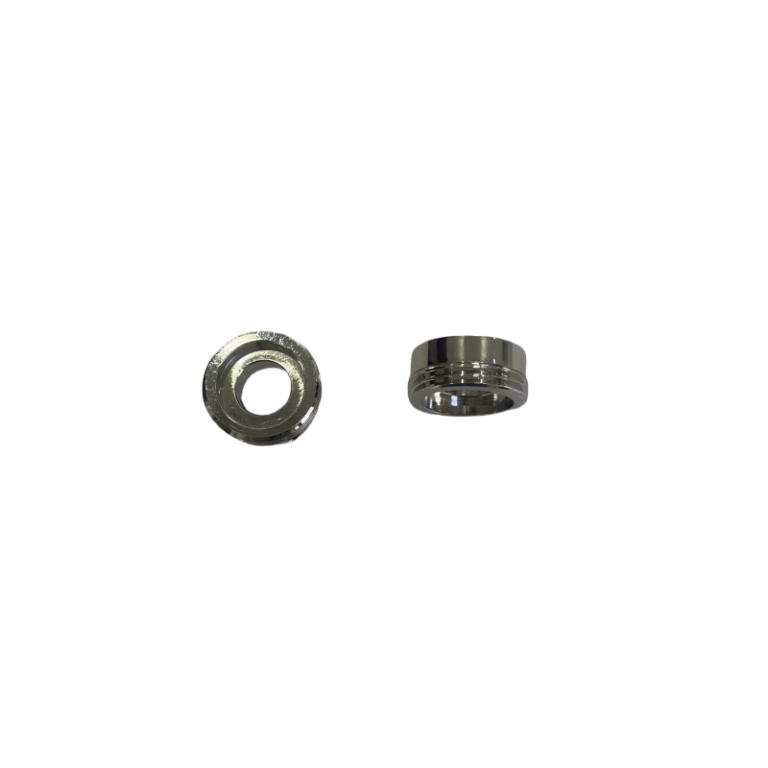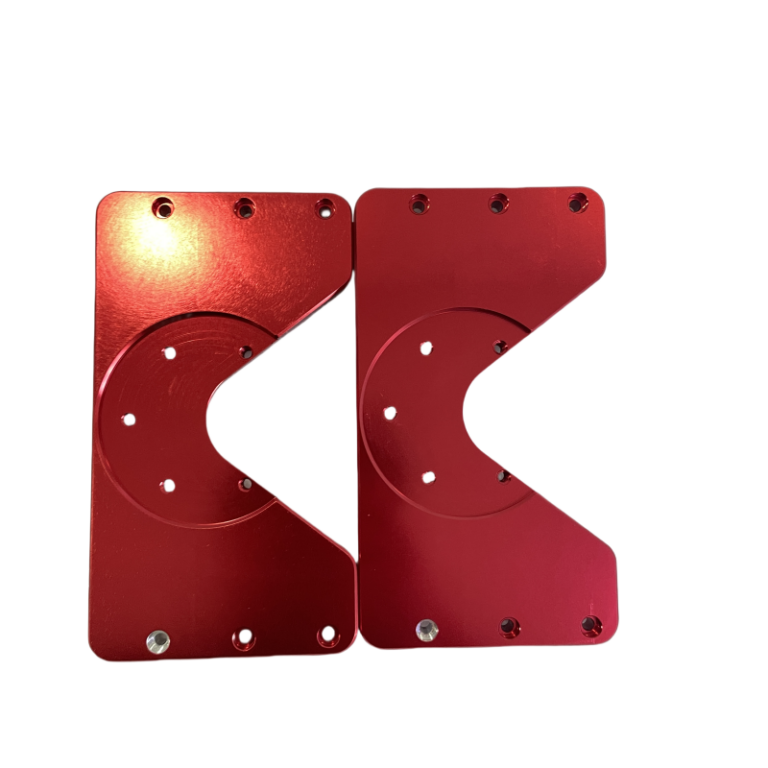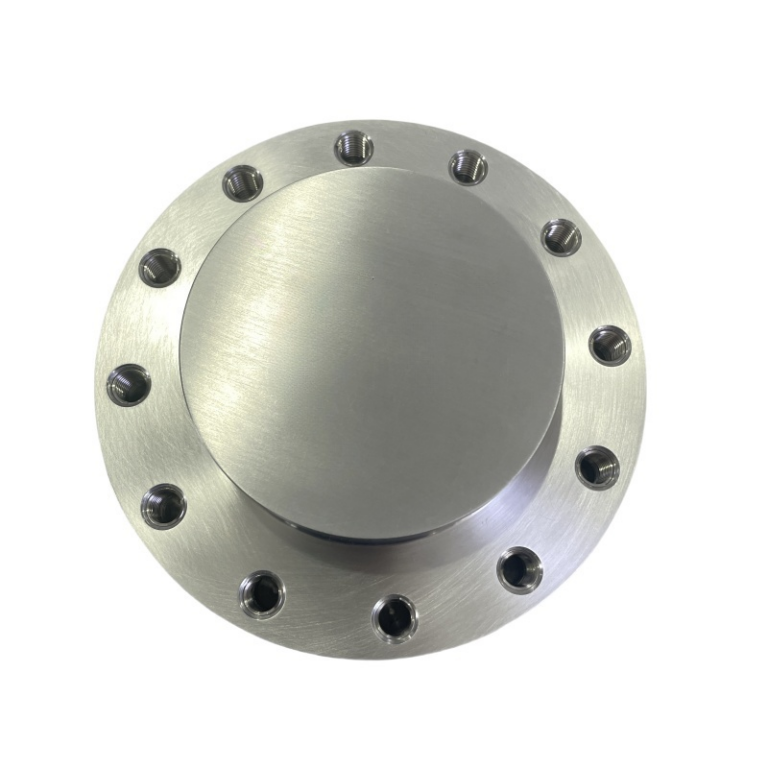The development of materials science plays a key role in the global manufacturing industry’s transformation toward lightweight, high-efficiency, and sustainable development. As a metal material that combines performance and economy, aluminum alloy casting (hereinafter referred to as “cast aluminum”) technology has become an irreplaceable solution in modern industry with its unique advantages. This article will comprehensively discuss the process characteristics, application fields, core advantages, and future trends of cast aluminum, revealing its important position in the manufacturing industry.

Overview of aluminum casting technology
1.1 Definition and process of aluminum casting
Aluminum casting is a technology that uses aluminum or aluminum alloy as raw materials to manufacture complex-shaped parts through processes such as melting, pouring, molding, and cooling. Its core processes include:
Sand casting: suitable for small and medium-sized batch manufacturing, very low cost but limited precision;
Die casting refers to high-pressure casting. Injecting the liquid aluminum into the mold under high pressure, this process is suitable for large-scale and high-precision parts.
Low-pressure casting: used to fabricate parts with the requirements of strict airtightness, such as automobile wheels.
Precision casting (investment casting) can manufacture thin-walled, highly complex parts, which are widely used in aerospace applications.
1.2 Classification of Cast Aluminum Materials
Aluminum silicon alloy (such as A356, ADC12): high fluidity, good heat resistance, often used in engine parts;
Aluminum magnesium alloy (such as AZ91D): strong corrosion resistance, suitable for marine environment devices;
Aluminum copper alloy (such as ZL201): high strength, mostly used in aviation structural parts.
Core application areas of cast aluminum in manufacturing
2.1 Automobile industry: the core driver of the lightweight revolution
Power system: engine cylinder block and gearbox housing are reduced by 30%-50% through cast aluminum, significantly reducing fuel consumption;
Body structure: Tesla Model Y adopts an integrated die-cast rear floor, reducing the number of parts by more than 70%;
New energy vehicle battery pack: cast aluminum frame improves battery heat dissipation efficiency while ensuring strength.
Case: Audi A8’s all-aluminum body frame (ASF) reduces the weight of the whole vehicle by 40% and improves fuel economy by 20%.
2.2 Aerospace: A Perfect combination of high-strength and lightweight material
Engine parts: The turbine blades of Pratt & Whitney’s GTF engine are made of precision-cast aluminum, with a temperature resistance of 300°C.
Fuselage structure: The door bracket of Airbus A350 is cast aluminum to achieve a 15% weight reduction.
Satellite parts: The SpaceX Starlink satellite antenna bracket is cast with aluminum-silicon alloy, which has both lightweight and radiation resistance.
2.3 Electronic appliances: Dual strict requirements of high precision and heat dissipation
5G base station radiator: The thermal conductivity of the die-cast aluminum shell reaches 200 W/(m·K), and the cost is 60% lower than that of copper.
Laptop shell: Apple MacBook uses micro-arc oxidation cast aluminum with a thickness of only 0.5mm;
LED lamps: The cast aluminum lamp body achieves efficient heat dissipation through an integrated design, and the life span is extended to 50,000 hours.
2.4 Architecture and Infrastructure
Curtain wall structure: Cast aluminum decorative parts have excellent weather resistance, and the facade of the Burj Khalifa in Dubai uses cast aluminum with a special coating.
Bridge connectors: the cast aluminum nodes have been used in the bridge of Hong Kong-Zhuhai-Macao in China, which has a salt spray corrosion resistance of more than 50 years in the sea.
Urban sculptures: The curved surface decoration of the “Ice Ribbon” venue of the Beijing Winter Olympics is finished by sand casting aluminum technology of 3D printing.

Six core advantages of cast aluminum
3.1 Lightweight: The key to realizing energy efficiency
The density of aluminum (2.7g/cm³) is only 1/3 of steel, so that it can make a weight reduction of 40%-60% than steel at the same strength;
For every 10% weight reduction of a car, the fuel consumption can be reduced by 6%-8%, as shown by the data from the U.S. Department of Energy.
Airbus estimates: If an aircraft loses 1kg in weight, it can save $300 in fuel costs each year.
3.2 Excellent mechanical properties
High-strength aluminum alloys (such as 7075-T6) have a tensile strength of 570MPa, close to the level of low-carbon steel;
The surface hardness of die-cast aluminum parts can reach HB90- 120, with excellent wear resistance.
Through T6 heat treatment, the fatigue strength of cast aluminum is increased by more than 200%.
3.3 Forming capability of complex structures
The die-casting process can produce ultra-thin parts with a wall thickness of 0.5mm (such as the middle frame of a smartphone).
The rear floor of Tesla Model Y is formed in one go by a 6,000-ton die-casting machine, replacing 370 steel parts;
Sand casting can achieve artistic castings with a precision of 50μm (such as the replica of the bronze ware in the Forbidden City).
3.4 Cost advantage of the whole life cycle
Raw material cost: The price of aluminum is about three times that of steel, but the comprehensive processing cost is reduced by 40% (reducing welding and machining processes).
A study by the American Automobile Association shows that the total life cycle cost of an aluminum body is 15% lower than that of steel.
Recycling value: The recycling rate of scrap aluminum exceeds 95%, and the energy consumption of recycling is only 5% of that of the original aluminum material.
3.5 Environmental adaptability
After anodized treatment, the salt spray corrosion resistance time must exceed 1000 hours (ASTM B117 standard);
Aluminum maintains stable performance in the range of 196℃ to 300℃, suitable for extreme environments.
The service life of cast aluminum building components in acid rain areas (such as Chongqing) can reach more than 30 years.
3.6 Green attributes of sustainable development
The carbon emissions of producing 1 ton of aluminum are 8-12 tons, which is higher than steel (1.8 tons), but the carbon emissions over the entire life cycle are 30% lower.
The European Aluminum Association predicts that by 2050, 75% of aluminum will come from renewable resources.
The BMW i3 electric car uses 100% renewable aluminum, reducing its carbon footprint by 70%.
Technological innovation and future trends
4.1 Breakthroughs in material research and development
Nano-enhanced aluminum-based composite materials: adding silicon carbide nanoparticles to increase strength by 50%;
Self-repairing aluminum alloy: Microcapsule technology realizes automatic repair of cracks and extends the life of parts.
Ultra-light foamed aluminum: density is 0.1-0.5g/cm³,5 times of energy absorption efficiency of steel.
4.2 Intelligent manufacturing upgrade
Digital twin die casting: Through real-time simulation to optimize process parameters, the yield rate is increased to 99.5%.
AI defect detection: The accuracy of the deep learning algorithm in identifying casting defects is 98.7%.
3D printing sand mold: Complete complex mold manufacturing within 72 hours, reducing costs by 40%.
4.3 Application Scenario Expansion
Space colonization: SpaceX Mars base plans to use in-situ resource utilization (ISRU) technology to cast aluminum cabins;
Hydrogen energy storage tank: Multi-layer cast aluminum liner can withstand 70MPa high pressure, and the hydrogen storage density reaches 5.7wt%;
Flexible electronics: Liquid metal cast aluminum circuits can be bent 360° for wearable devices.
Challenges and Countermeasures
Although cast aluminum has significant advantages, it still faces the following challenges:
Energy cost: electrolytic aluminum consumes 13,000 kWh/ton of electricity, and it is necessary to accelerate the transformation to clean energy such as hydropower and photovoltaics;
Technical barriers: The casting yield of complex thin-walled parts is less than 80%, and auxiliary processes such as electromagnetic stirring need to be developed.
Circular economy: Establish a global recycled aluminum sorting system to solve the problem of mixing different grades of aluminum.
Conclusion
From fuel vehicles to rocket engines, from smartphones to cross-sea bridges, cast aluminum technology is reshaping the underlying logic of modern manufacturing. Its lightweight, high-strength, and recyclable characteristics perfectly meet the industrial needs of the carbon-neutral era. With the deep integration of material innovation and digital technology, cast aluminum will surely open up a broader application space in the fields of intelligent manufacturing and green energy, and become an important material cornerstone of the fourth industrial revolution. Contact us!

